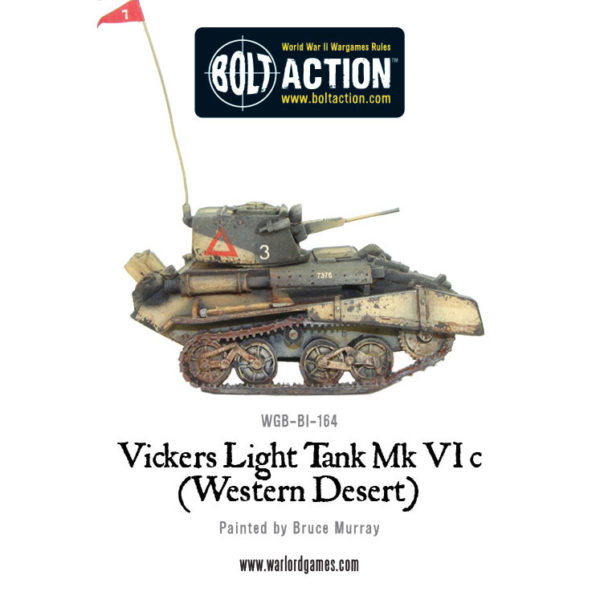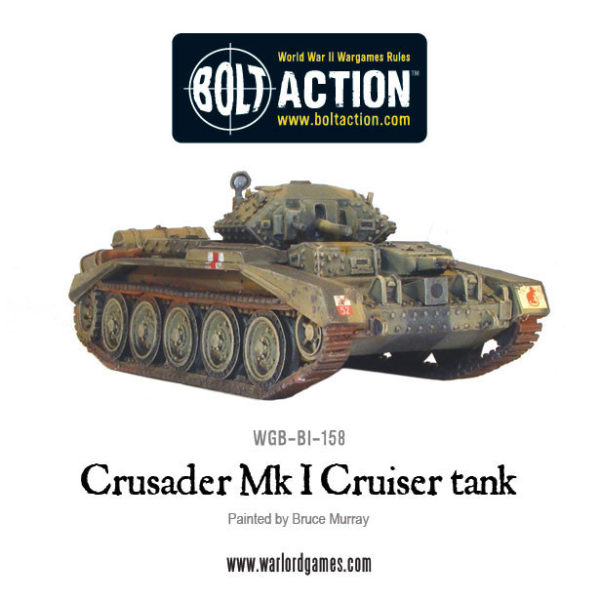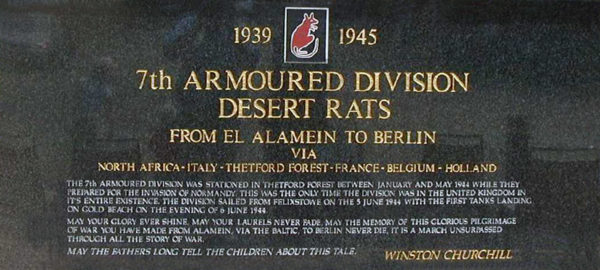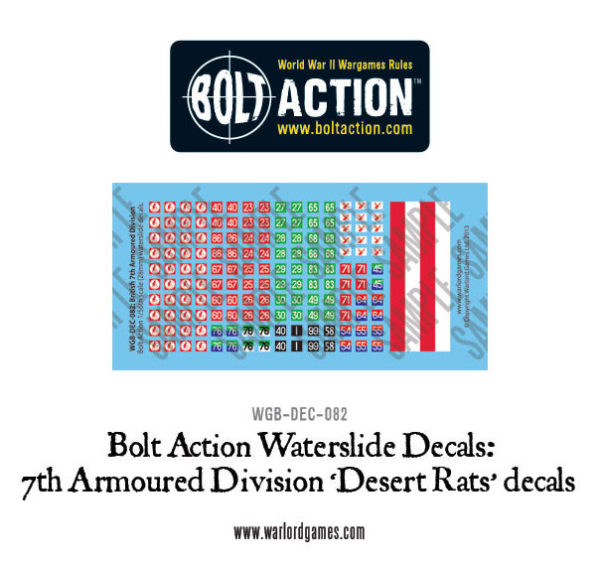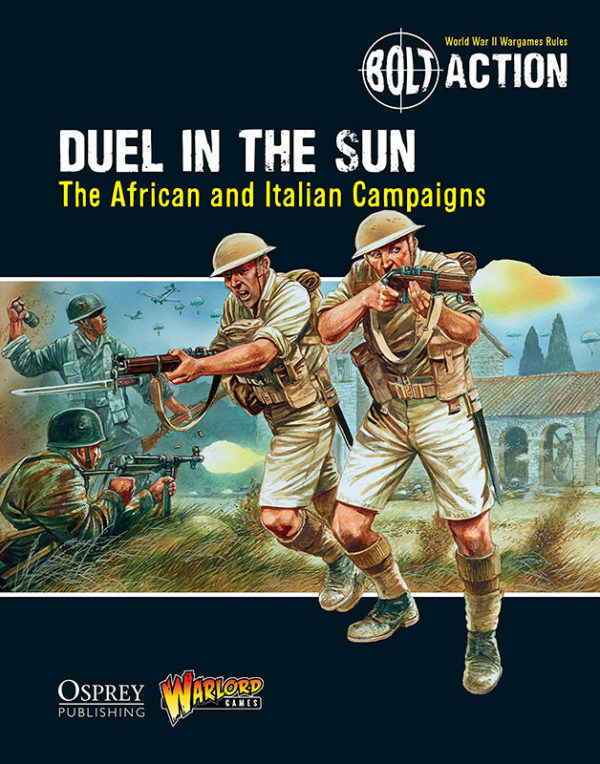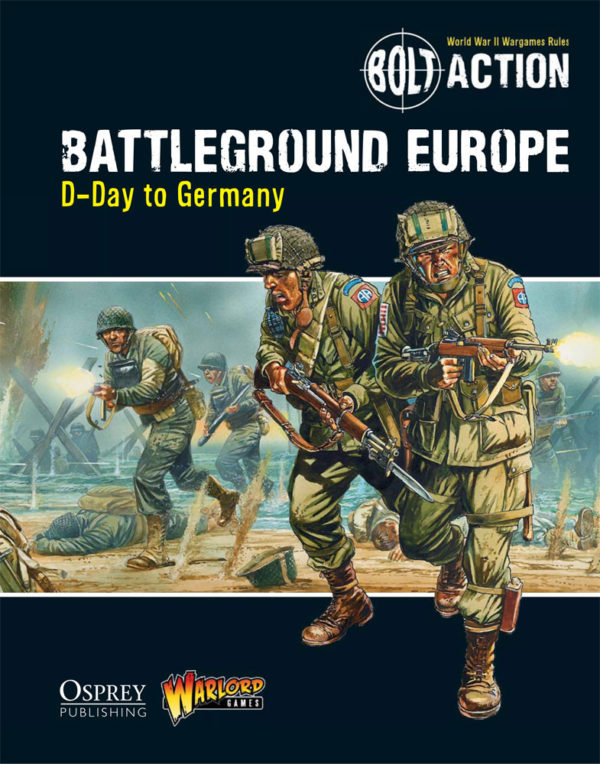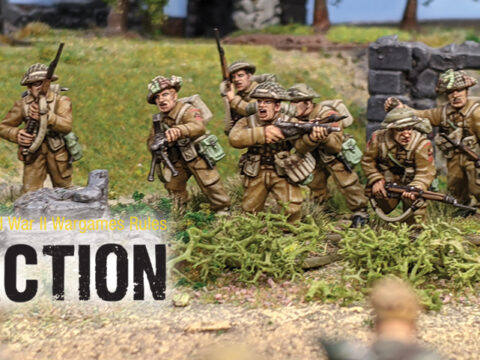With the Bolt Action Theatre book ‘Duel In The Sun‘ and the latest Campaign book The Western Desert delving into the battles such as Beda Fomm 78 years on is easy! We couldn’t resist a brief look at the background of the famous 7th Armoured Division – otherwise known as the Desert Rats!
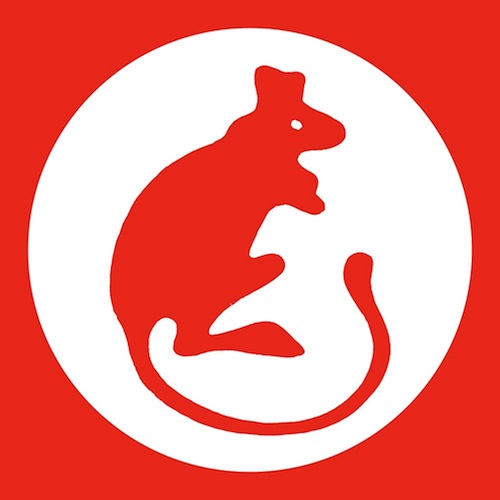
(Unit insignia of the British 7th Armoured Division ‘Desert Rats’)
Initially commanded by Major-General Percy Hobart, an armoured warfare expert, they were deployed in Egypt in 1938. Hobart saw to it that his troops were properly prepared to fight in the desert despite their poor equipment. Hobart was replaced in 1939 and it’s at this point the 7th Armoured Division are said to have gotten their nickname – The Desert Rats – from a sketch that the new divisional commander’s wife drew after a trip to Cairo zoo in 1940.
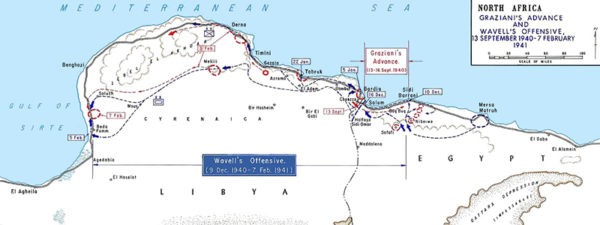
(Operation Compass – from Egypt to Beda Fomm)
After the Italians declared war, the Desert Rats were sent as part of the Western Desert Force to fight them. Italy at this time had no real armoured capabilities, with the only armour present designed in the pre war years with methodology dating back to the First World War. The Desert Rats were also in outdated tanks but had had years of desert experience and determination on their side.
During Operation Compass (December 1940 – 9th Feb 1941) the Italians were initially overwhelmed by the British forces, who in total captured over 130,000 soldiers during the opening battles. As the Italians retreated the order was given to the 7th to travel south and west to cut them off at Beda Fomm.
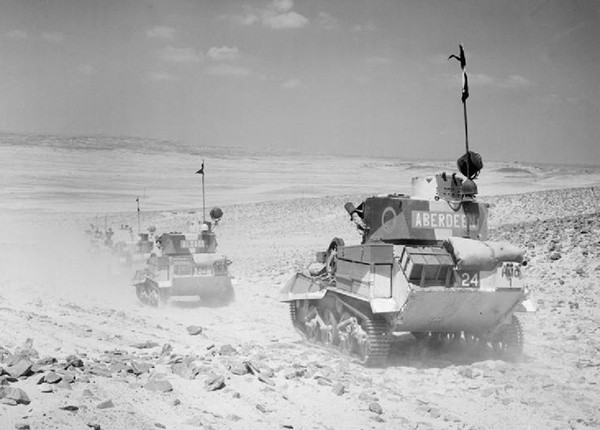
(British Light Tanks MkVI’s cross the rough terrain 1940)
The tanks proved to be too slow in the rough terrain away from the coast road so a force of wheeled vehicles raced ahead, reaching the town. Reaching the coast road they set an ambush, the Desert Rats held the Italian army in place until the Australian 6th Infantry Division (following the Italians along the coast road) caught up, finally catching and destroying the Italian Tenth Army.
Soon after this major defeat, Adolf Hitler sent his Afrikakorps, under the able command of Erwin Rommel (later to be know as the ‘Desert Fox’), to take on the British in Operation Sonnenblume. The allied troops, stretched out across hundreds of miles of inhospitable terrain, found themselves cut off by this new force and retreated to the fortified town of Tobruk. The see-saw of battles across the desert began in earnest. The 7th was withdrawn to Egypt and given a fresh supply of armour and took the fight to the Axis forces during Operation Battleaxe, an attempt to push the Axis out of North Africa and relieve the siege of Tobruk. The battle plan failed and the 7th were forced back after the third day of fighting.
With the British Western Desert Force under new command and renamed the 8th Army, Operation Crusader was put into effect to finally relieve the siege of Tobruk. The Desert Rats would now face 21st Panzer Division.
The Desert Rats advanced, capturing the airfield at Sidi Rezegh. Their commander, erring on the side of caution due to only having a couple of hundred tanks at his disposal, elected to hold the position. Rommel, despite depleted ammo and fuel, sent in his Panzers.
In the early afternoon of the 22nd November Rommel attacked Sidi Rezegh airfield. Fighting was desperate and gallant: for his actions during the two days of fighting Brigadier Jock Campbell (commanding 7th Support Group) was awarded the Victoria Cross. However, 21st Panzer, despite being considerably weaker in armour numbers, proved superior in its combined arms tactics, pushing 7th Armoured Division back.
While it may have proved a limited success, Operation Crusader showed Rommel’s Afrikakorps could be beaten and can be seen as a fine illustration of the dynamic, back and forth fighting which characterised the North African Campaign.
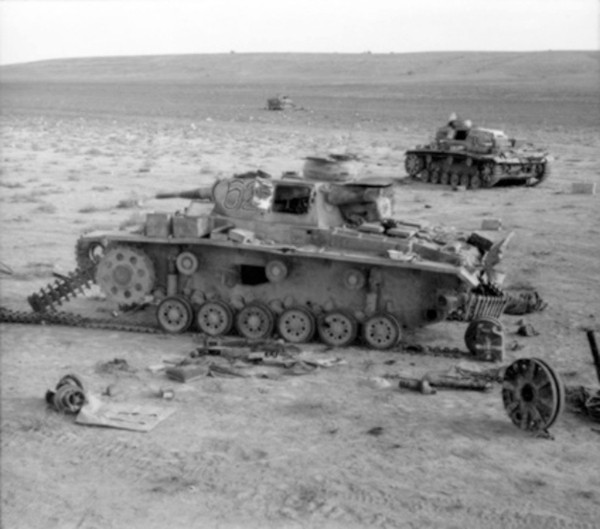
With the 8th army receiving a new commander in the form of Lieutenant-General Bernard Montgomery, the Desert Rats would later take part in most of the major battles in the North Africa campaign, including both battles of El Alamein and, equipped with the Sherman and bitterly won experience, the eventual destruction of the Axis forces at Tunisia.
In Europe they would continue to fight the Italian armies. The Desert Rats came ashore at Salerno, on 15 September 1943, to help repel heavy German counter-attacks during Operation Avalanche. The Desert Rats went on to liberate Naples along with the 46th Infantry Division. Adjusting themselves from fighting across the rough desert terrain to confined Italian roads, they crossed the river Volturno in southern Italy, constructing a pontoon bridge and paving the way for the many divisions heading north.
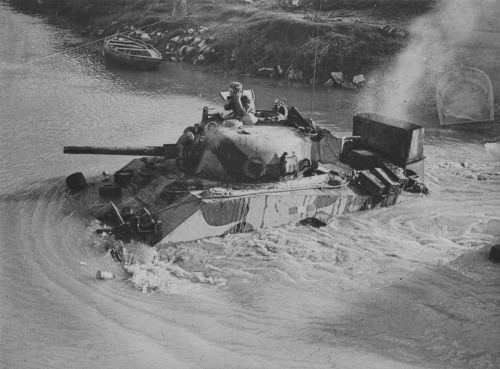
Withdrawn from Italy to England in November 1943 the division was re-equipped with the new Cromwell tanks (7th Armoured was the only British division to use the Cromwell as their main battle tank) and given 36 Sherman Vc Fireflies. This equated to one Firefly per three Cromwells in a troop (platoon), giving them a far greater chance of dealing with the superior armoured German big tanks. 7th Armoured Division landed on the 6th of June 1944 to then take part in Operation Goodwood (the fighting around Caen) and later going on to fight at the Battle of Villers Bocage. During this fight, they would see heavy action against the Panzer Lehr Division and the Heavy SS 101. Panzer Battalion, suffering at the hands of one SS-Obersturmführer Michael Wittmann.
The reorganised 7th Armoured Division continued from Paris, advancing through Belgium and then the Netherlands.
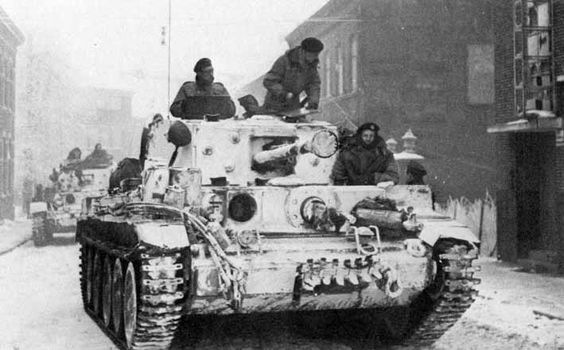
The 7th Armoured Division now prepared to cross the Rhine into the heart of Germany, as part of Operation Plunder, which took place in March 1945, with the eventual goal of capturing Hamburg. In the weeks that followed it fought its way across Germany, via the Teutoberger Wald to the River Weser, where ferocious battles took place with fanatical SS and Hitler Jugend forces. After fierce battles in the suburbs of Hamburg, the Division finally accepted the surrender of the city on 3rd May 1945.
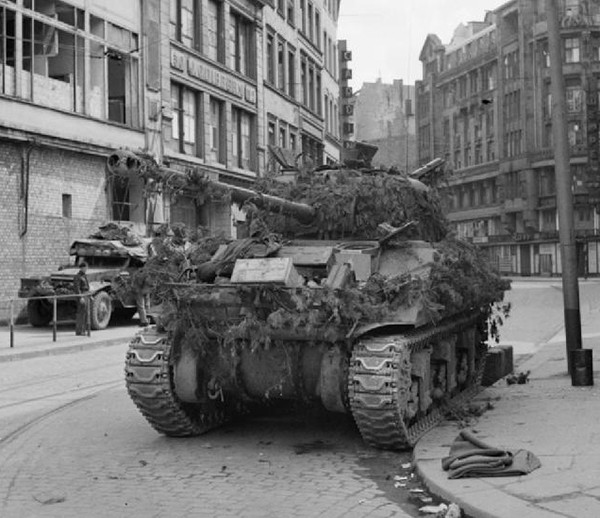
The 7th Armoured Division had been fighting for five years. It had fought through adversity and success, from the searing heat of the Western Desert, through the cloying mud of Italy, the killing fields of Normandy, through to Belgium and Holland. It then had to fight its way right across Germany in the final bloody battles of the war, to Hamburg. Its men had proved themselves worthy of the hardy desert animal on their shoulders and vehicles and were finally rewarded by parading through Berlin in triumph!
More information on playing the battles in the Desert and Italian theatres can be found in the Duel In The Sun Campaign book for Bolt Action:
Or follow the Desert Rats actions on the Western Front, details for which can be found in the ‘Battleground Europe – D-Day to Germany’ supplement for Bolt Action.

